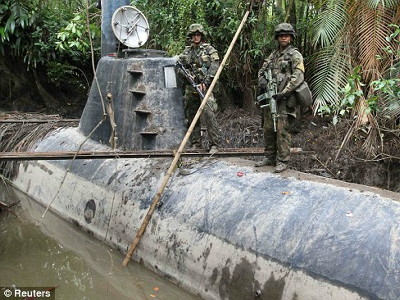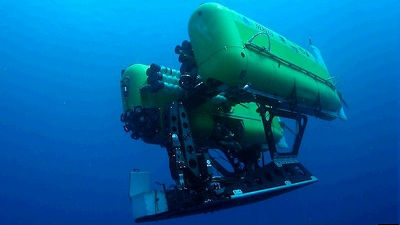How does the Starlink-equipped, remotely controlled 'unmanned drug submarine' work?
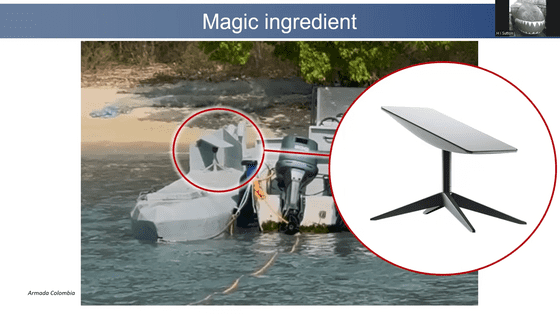
The Colombian Navy has seized an unmanned drug submarine equipped with a Starlink antenna off the coast of the Caribbean. The vessel was capable of transporting 1.5 tons of cocaine and was using satellite-based communication to navigate long distances.
Colombia seizes first unmanned narco-submarine with Starlink antenna
Drone 'narco sub' — equipped with Starlink antenna — seized for the first time in the Caribbean - CBS News
https://www.cbsnews.com/amp/news/drone-narco-sub-seized-first-time-caribbean-colombia/
A Fundamentally NEW Type Of Narco Submarine Changes Everything - YouTube
The submarine seized by the Colombian Navy was not carrying any drugs, but authorities have said it is unmanned and capable of transporting drugs. This marks the first time the Colombian Navy has seized an unmanned drug submarine in South American waters.
This ship is a 'semi-submersible' that sails with the upper half of its hull protruding above the sea. The upper half of such semi-submersibles looks like a normal civilian ship, but when the deckhouse is removed the lower half of the hold is revealed.
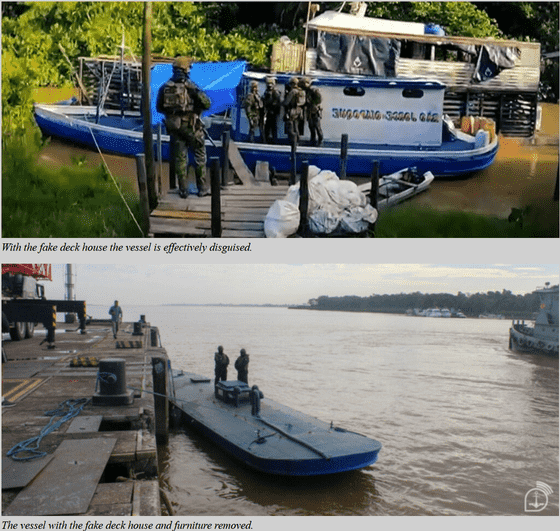
The seized semi-submersible had a Starlink antenna mounted on the upper half. It is believed that a remote operator communicated with the submersible via the antenna and guided it to a distant location. It is also believed that there was a pipe that appeared to be for air intake, which sent air to the engine of the hull and exhausted it from the stern.
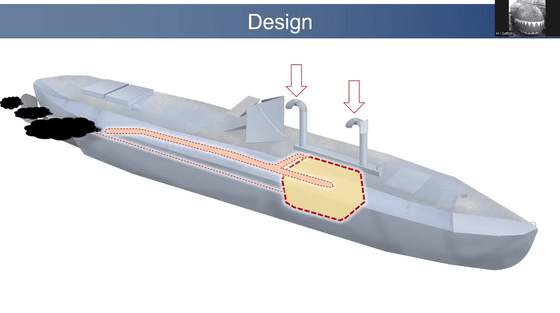
According to the Colombian Navy, the semi-submersible was capable of transporting 1.5 tons of cocaine, and the Navy speculates that it may have been a test voyage by the Gulf Clan, Colombia's largest drug trafficking group.
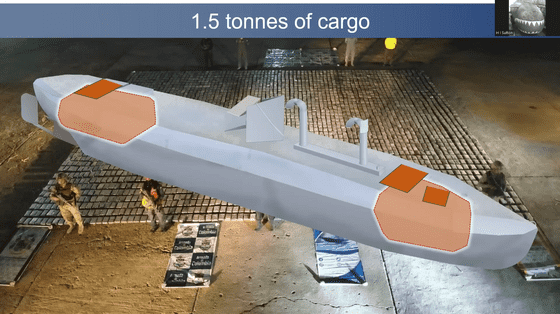
Manned semi-submersibles built in jungle shipyards have been used for decades in Latin America to transport cocaine, primarily from Colombia, the world's largest producer, to Central America and Mexico. But the discovery of the unmanned drug submersible highlights an evolution in smuggling technology.
According to Colombian Navy Admiral Juan Ricardo Rozo, the unmanned, autonomous submarines are difficult to detect at sea, and the lack of a crew means there is no risk of information being leaked if the crew is arrested.
This is not the first time a drug submarine has been discovered; in 2023, a ship
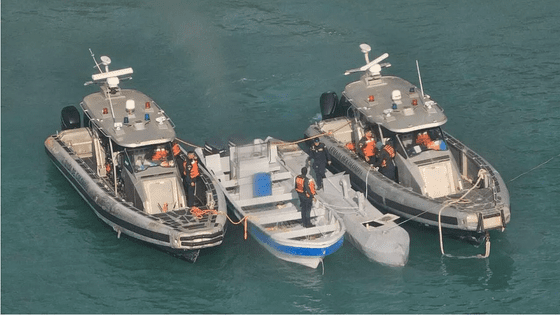
This was not the first time that Starlink antennas were used to smuggle drugs at sea. In November 2024, Indian police seized a boat carrying a Starlink antenna in the Andaman and Nicobar Islands, detained six Myanmar nationals, and seized more than 6,000 kg of stimulants. This incident was said to be the first time that Starlink antennas were used to transport drugs at sea, and it was reported that Indian police planned to question Starlink.
Related Posts:
